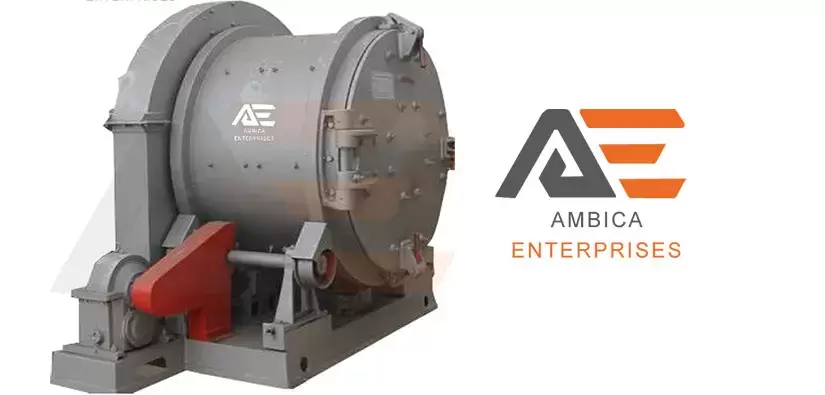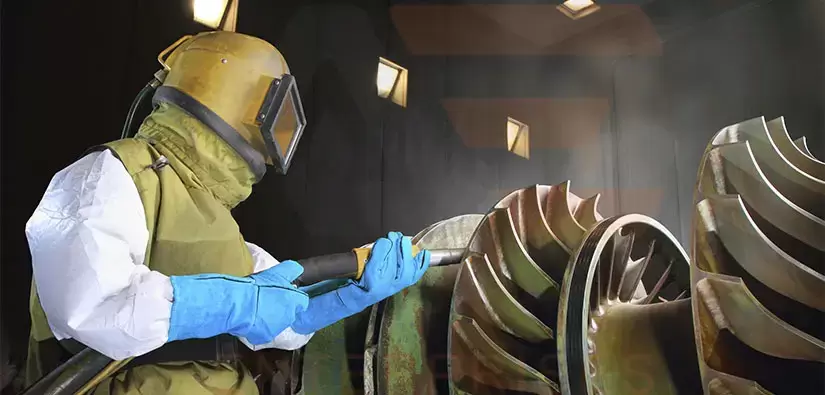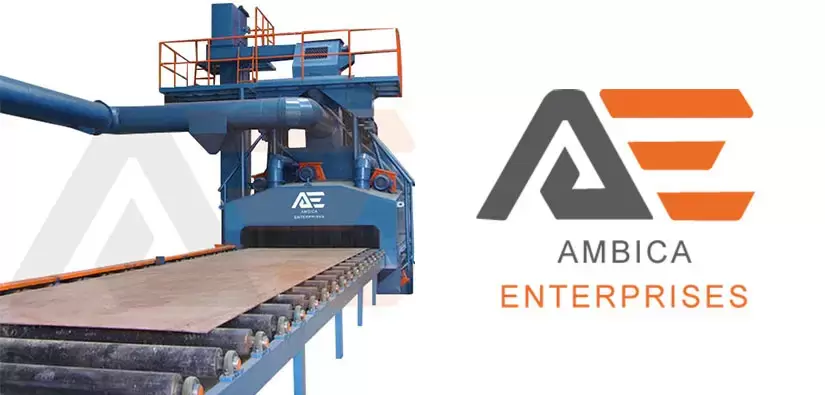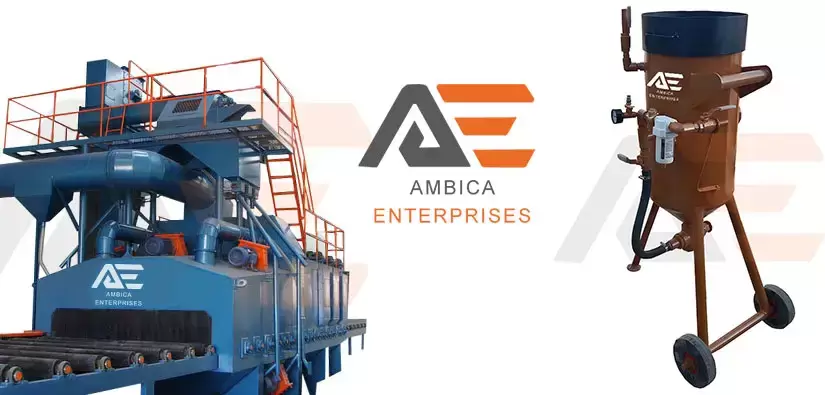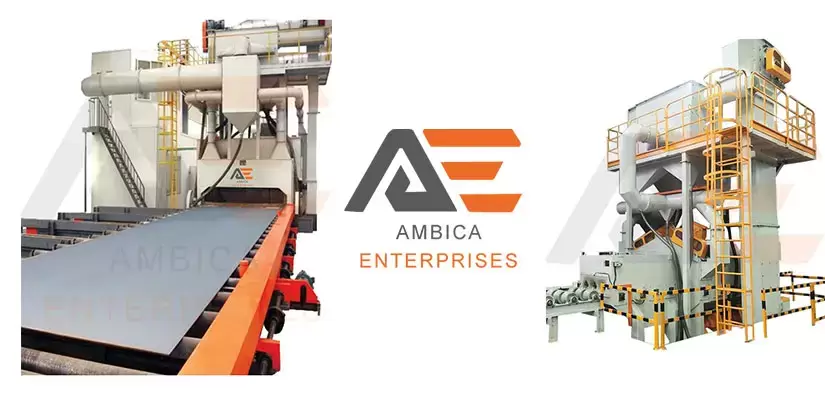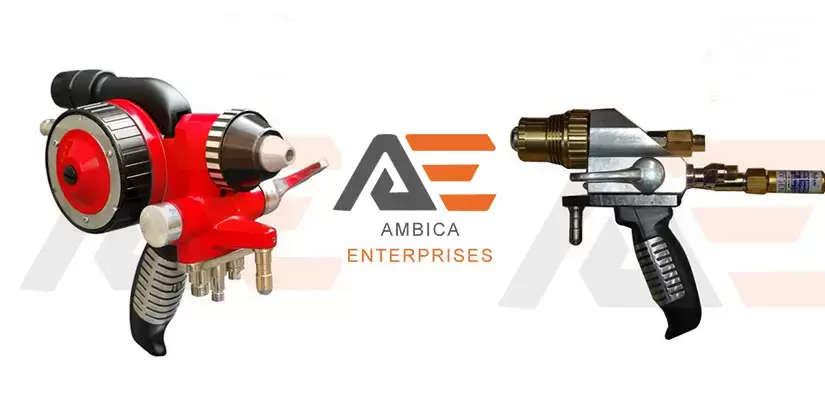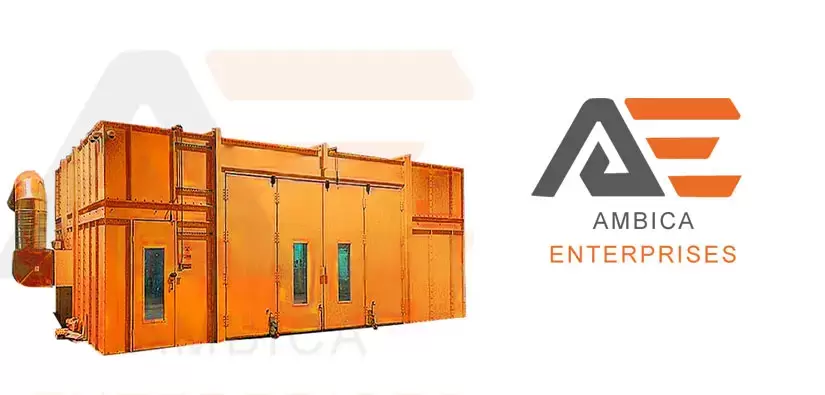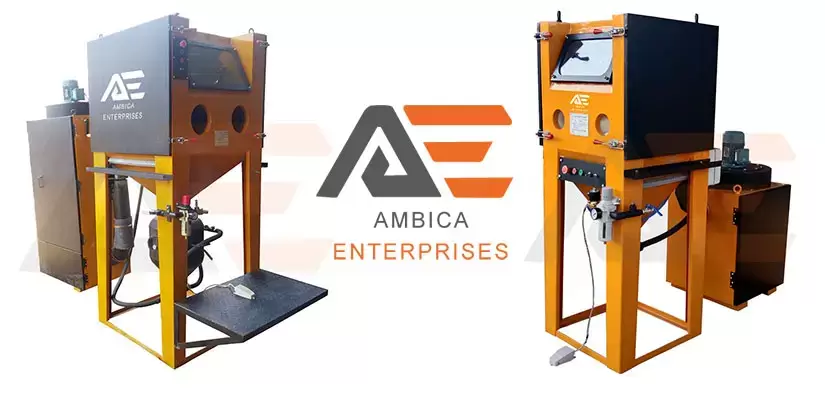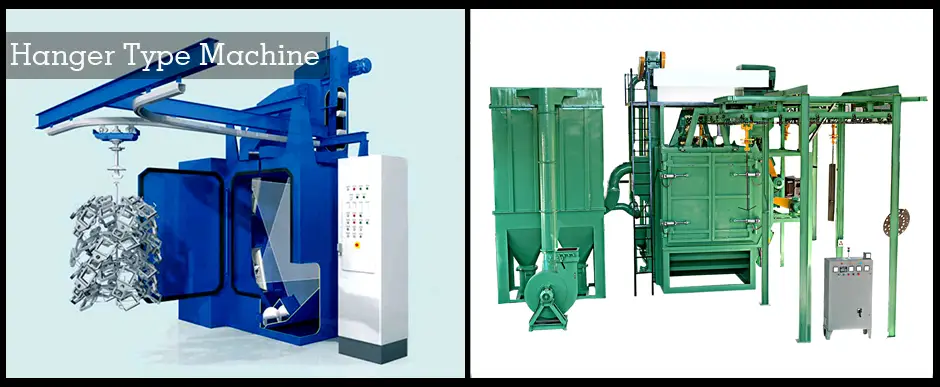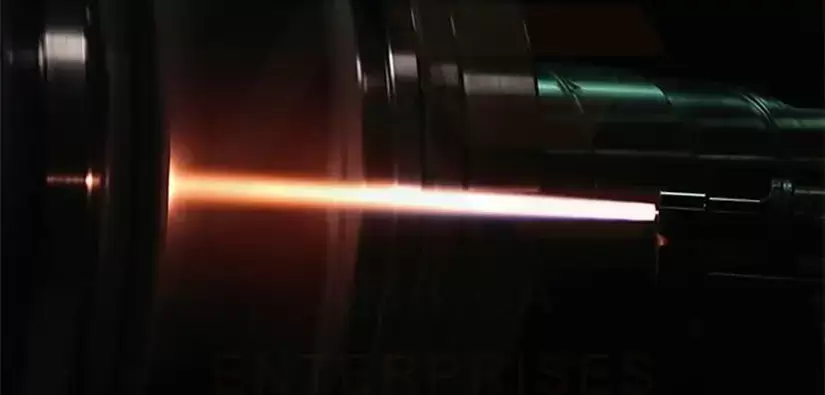
Thermal spray coating refers to a variety of processes during which a substrate is coated to enhance functional performance. Many types of coating materials are usually applied by thermal spray processes. Coatings can range in thickness from a thousandth of an inch up to an eighth of an inch.
Thermal spray coating have been used to protect parts from corrosion, wear, abrasion, high temperature, etc., and to build dimensions on undersized parts. This method of industrial coating uses a heat source to apply the material (typically powder or wire) to a surface. The heat source melts down to form coating material into drops which will be sprayed onto the surface.
Thermal Spray Technology
- Coating material starts as powder or wire form. A wide range of materials is available.
- The thermal spray gun contributes energy to the coating material particles and transports the coating to the substrate part. Energy can be thermal (heat) or kinetic (velocity). Several different technologies are available:
- HVOF Gun
- Plasma Spray
- Flame Spray Gun
- The thermal spray gun is controlled by an industrial robot for specific repeatable control of the coating.
- As the particles of molten material impact the substrate, they collapse into smoothed droplets and in lamellar layers forming a cohesive coating structure.
- Cooling of the substrate is used to control the temperature gain of the substrate.
Types Of Thermal Spray Coating
There are several varying types of Coating processes. They differ in how they apply thermal and kinetic energy(K.E) to the source material, the shape of the source material (powder or wire), and therefore the relative velocities and temperatures of the flame. Each process has advantages and disadvantages, and some are optimized for certain types of coatings. Coatings can be applied to different thicknesses, depending on what they will be used for. The spray technique is quicker than many other coating application techniques.
- Arc Spraying Coating
- Flame Spraying Coating
- Plasma Spraying Coating
- HVOF Spraying Coating
Flame Spraying Coating
Another low-cost thermal spraying method is flame spraying. A fuel source is used in flame spraying, and the heat of combustion melts either a wire feed or consumable powder to form a molten pool. Dry compressed air, like arc spraying, atomizes and propels molten material toward the work surface.
Flame spraying is a low-cost method of applying a thermal spray coating that has moderate spray rates. When compared to arc spraying, it produces less dust and fumes. A thermal spray booth, like all other thermal spray methods, may not be required in some cases. It is preferred for coating large or complex structures and provides more material options than arc spraying, such as ceramics and other non-metallic coatings.
The main disadvantage of flame spraying is the poor quality of the coating. Flame spraying results in a coating with more porosity, lower coating densities, and higher oxide levels than any other thermal spray coating.
Arc Spraying Coating
For most applications, arc spraying is regarded as the most productive and cost-effective thermal spray coating technique. A DC power source is used in arc spraying to create an electric arc at the gun head and melt a wire feed to form a molten pool. Dry compression atomizes and propels molten droplets toward the treated surface.
Arc spraying produces a semi-porous coating that can be up to 4 mil thick. It has the greatest deposition rate of any thermal spraying process. It also uses less power, is better suited for metallizing thermally sensitive substrates, and produces a stronger bond than flame spraying.
Plasma Spraying Coating
A high-temperature plasma flame is used in plasma spraying to heat and accelerate a powdered consumable toward the work surface. A direct current electric arc interacts with an inert gas, and the associated resistance heating from the arc causes the gas to dissociate and ionize, resulting in the formation of a plasma jet.
HVOF Spraying Coating
HVOF heats and accelerates powdered materials by using confined combustion and an extended shot / sand blasting nozzle. It produces a dense, well-adhered coating that is hardened, wear-resistant, and corrosion resistant when operating at hypersonic gas velocities.
